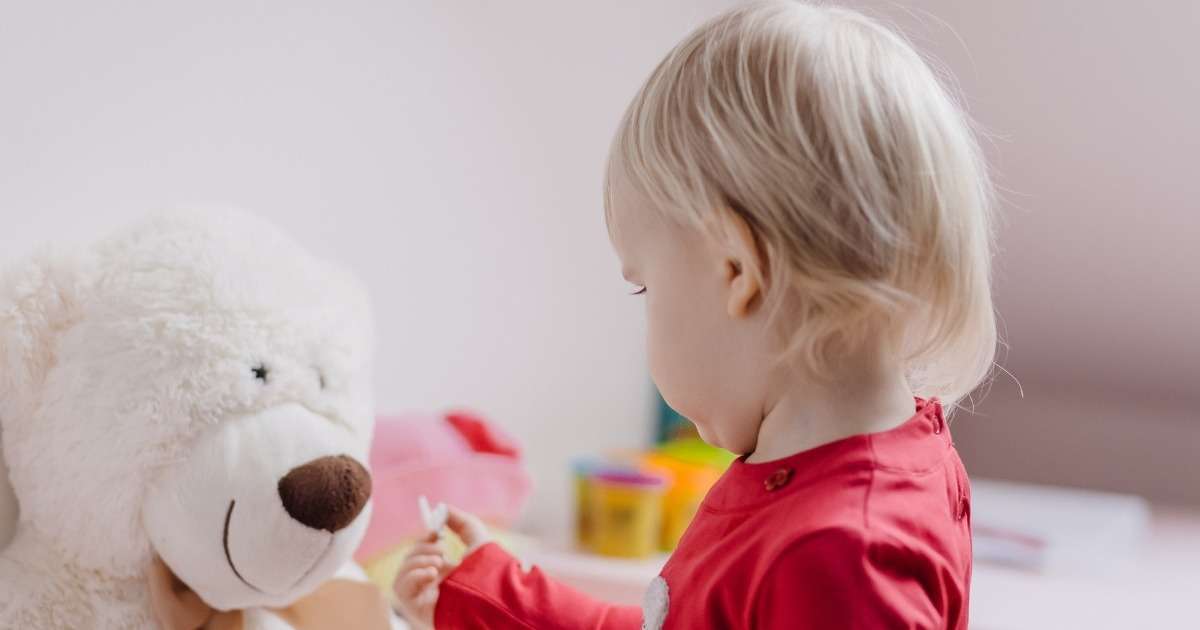
5 examples of infant studies
Researchers perform infant studies to properly monitor and understand all kinds of development factors. In this blog post, five examples of infant studies are highlighted.

How does communication with strangers develop?
Various factors contribute to shaping social-emotional developmental trajectories, such as familiarity of the interaction partner, the child’s age, but also individual predispositions, such as temperament.
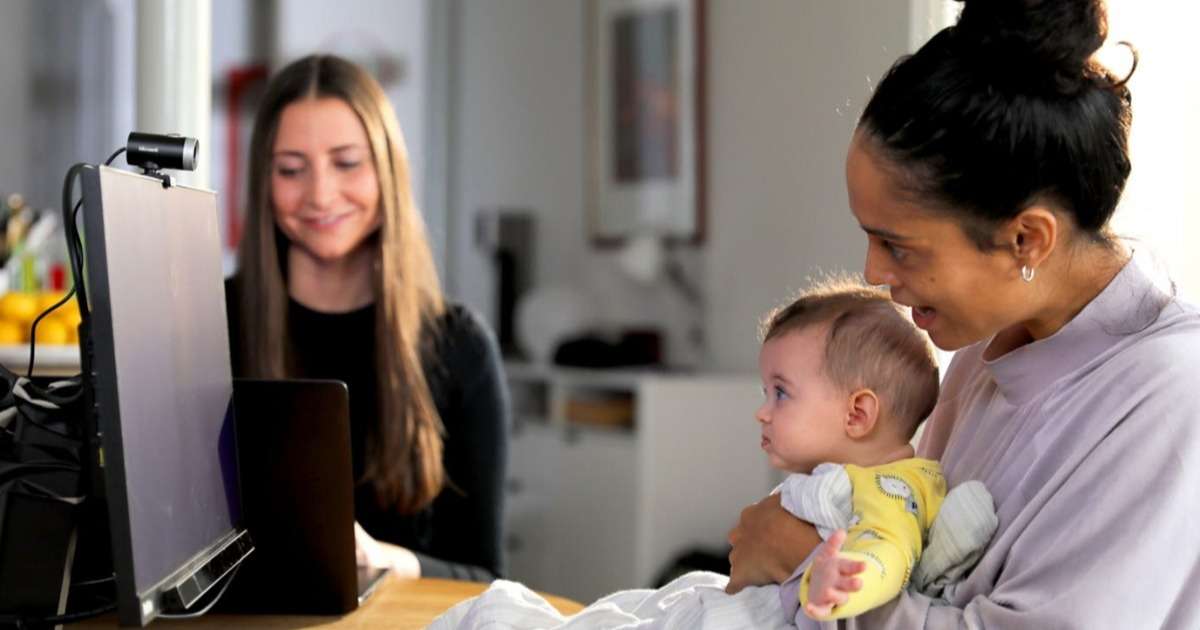
3 Examples of eye tracking lab set-ups
Can you imagine, in the 19th century the study of eye movements for instance was done by means of direct observations? Luckily, nowadays eye tracking can easily be automated.
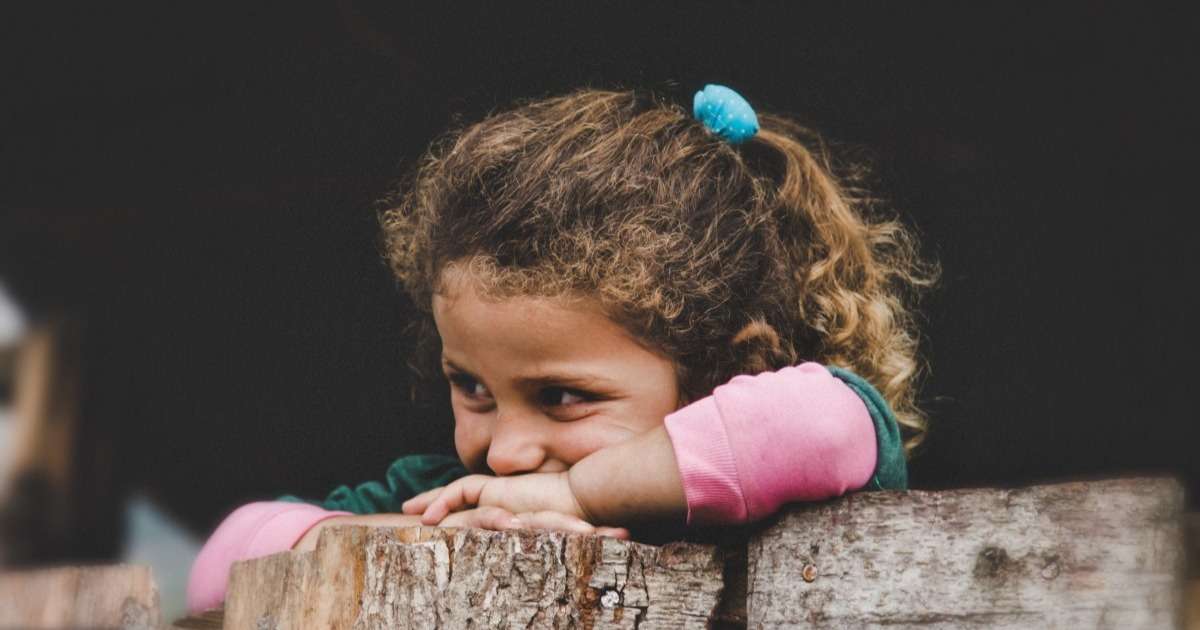
Designing a behavioral coding scheme to identify complex trauma
In order to contribute to the development of diagnostic tools and a better understanding of the effects of complex trauma, Ana Granados and her team proposed a new coding scheme and tested its validity.

What is simulation-based training?
Simulation-based training provides learners with an opportunity to test out different scenarios to see what works and to understand how they arrived at the right and wrong answers.

7 ways to continue your research from home
We have gathered lots of ideas and ways to facilitate working from home and to continue research projects. In this blog post, we will list these seven approaches for you.
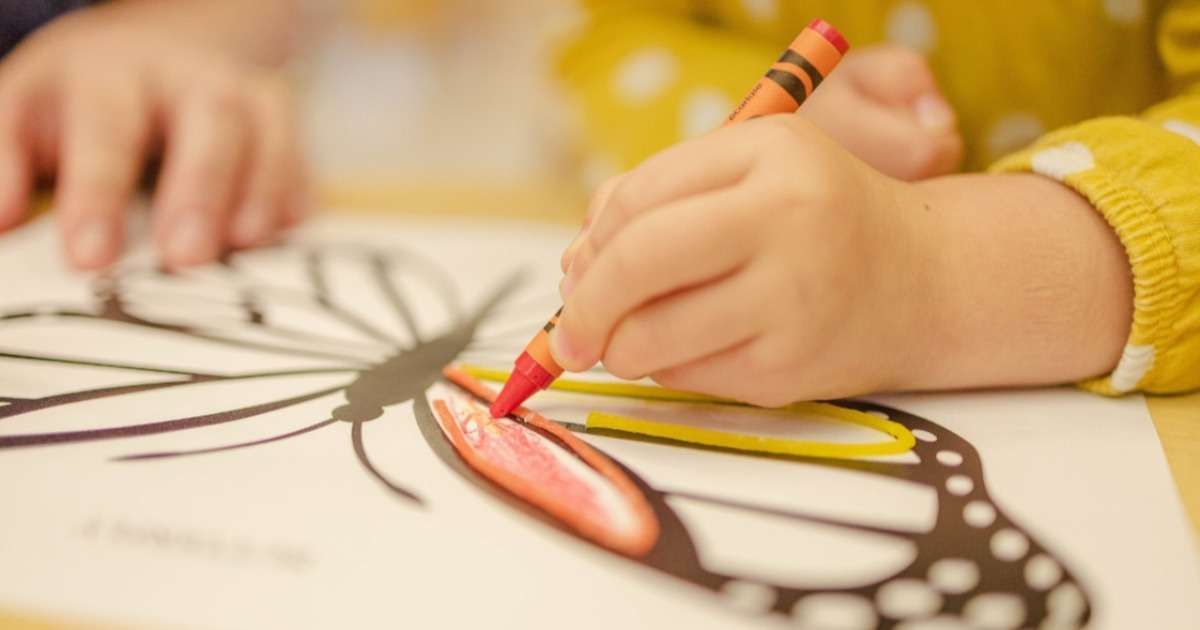
Early infant behavior development of hand preference
There are many reasons to study the development of hand preference in infants. For one thing, being left-handed can be an advantage in one-on-one sports such as tennis.

How to build a consumer behavior research lab?
In order to get off to a good start, it is best to describe the research or tests that are going to be performed in detail.

Behavioral research shows how elephants like their new habitat at the Oregon Zoo
The elephants at the Oregon Zoo got a new and improved place to live. This 4-year study described in detail how the animals adapted and liked the new features of their habitat.
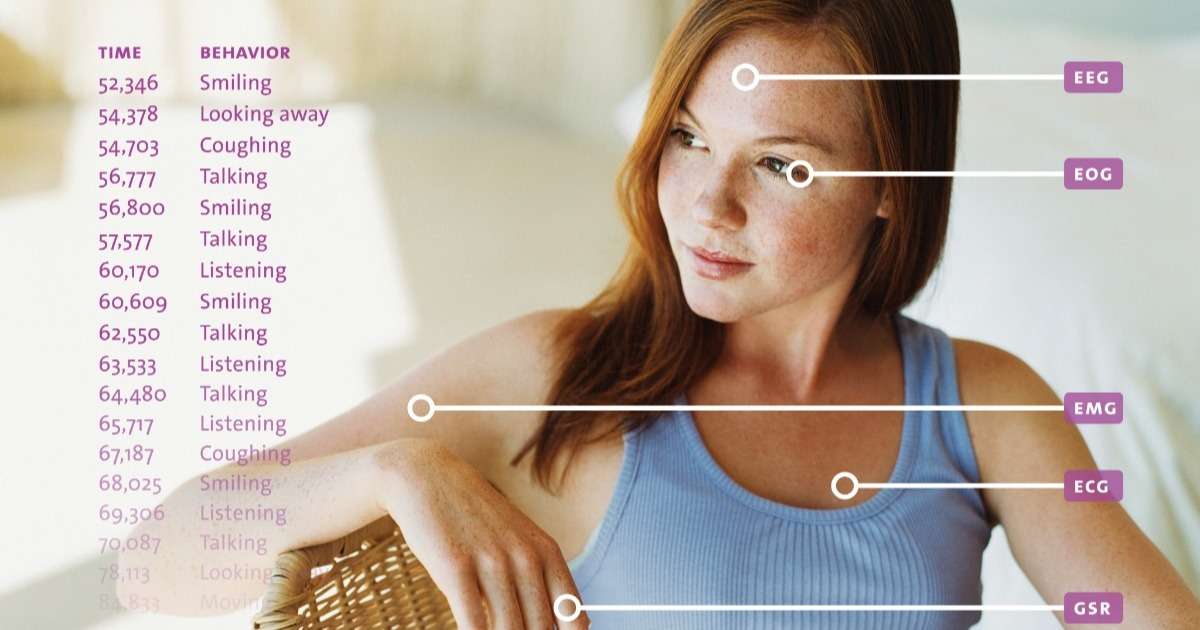
Five studies showing the power of multi-modal data in behavioral research
The advantages of using multimodal data over a single modality are that it reveals deeper insights and also if one modality fails there can be enough redundancy in the data to still make sense of it.
